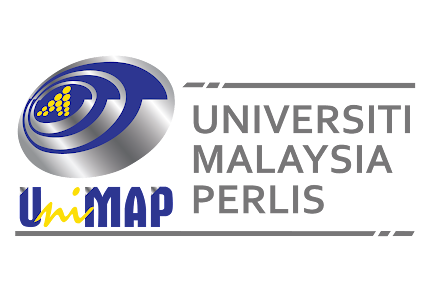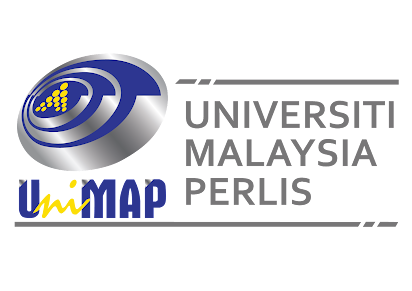Interfacing Blynk with ESP32

MOHAMMAD SAIFIQUL AIMAN B MOHAMMAD ALI 192011145 R2427-MICROELECTRONIC ENGINEERING Blynk is a new platform that allows you to quickly and easily design interfaces for managing and monitoring your hardware projects from your iOS or Android device. After downloading the Blynk software and placing buttons, sliders, graphs, and other widgets on the screen, you may construct a project dashboard. Objectives : 1. configure and interface Blynk with ESP32 2. How to code and link the Blynk with Arduino IDE TASK 1 Source code : /************************************************************* This example shows how value can be pushed from Arduino to the Blynk App. NOTE: BlynkTimer provides SimpleTimer functionality: http://playground.arduino.cc/Code/SimpleTimer App project setup: Value Display widget attached to Virtual Pin V5 ***********************************************************...
